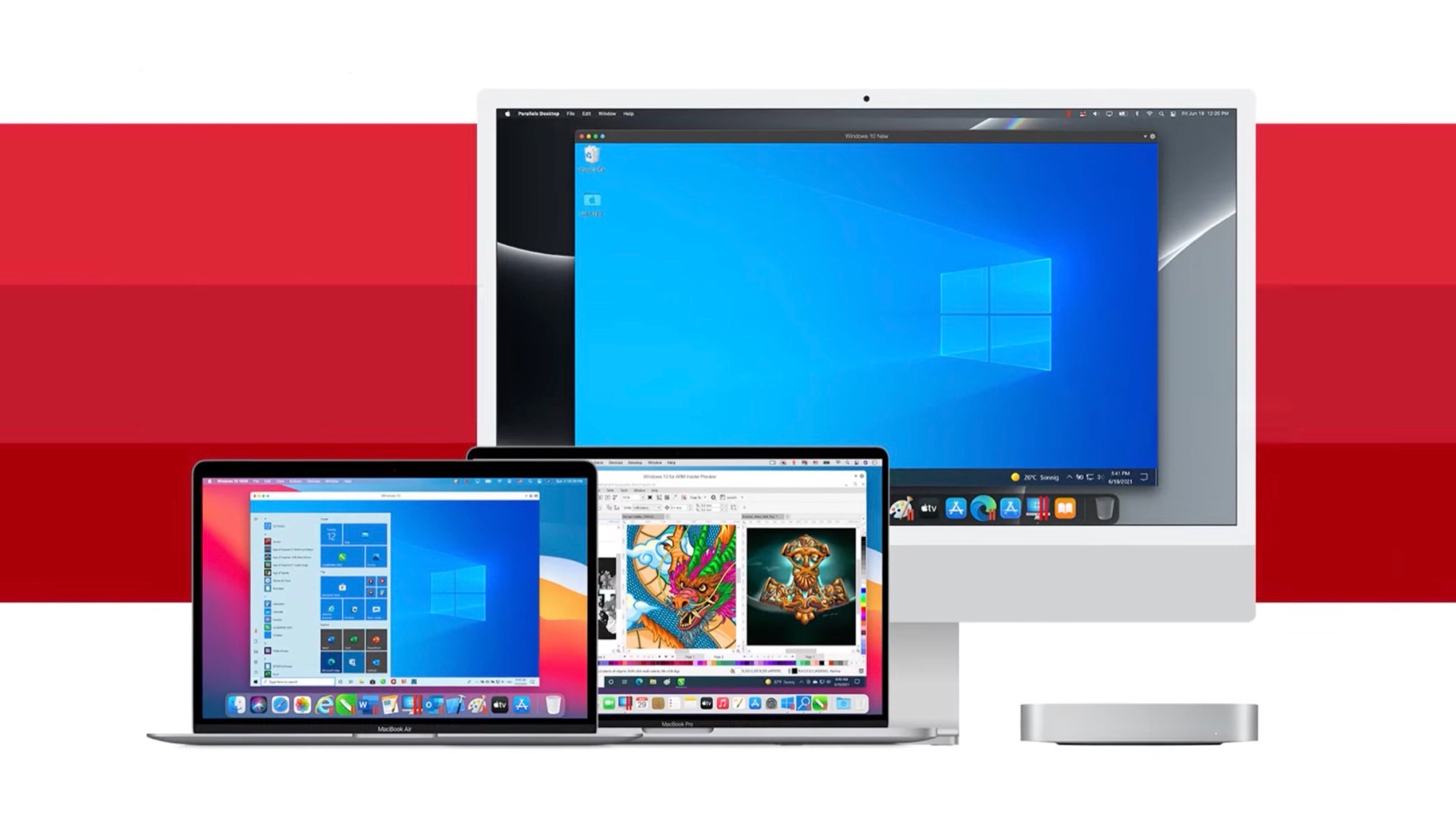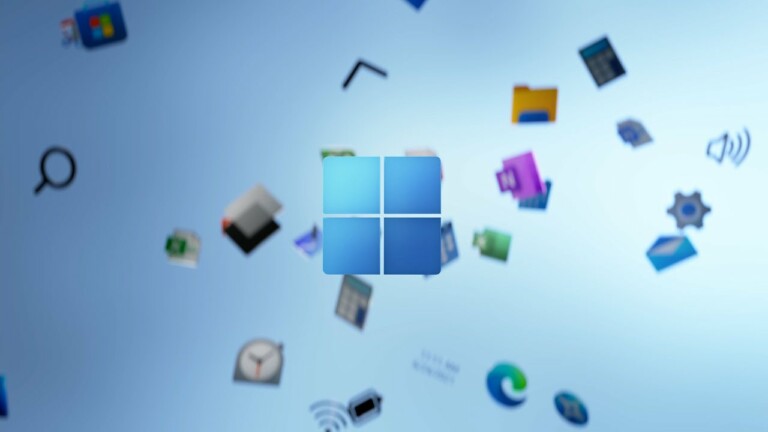



The publication noted that VMware went ahead without official support, citing a lack of clarity in Microsoft’s end-user agreement. As AppleInsider noted, VMWare has also issued a private beta of VMware Fusion, allowing its virtual-machine tool to run Windows 11 on top of an M1 Mac without official support. Microsoft’s declaration doesn’t necessarily mean that Windows 11 won’t run on an M1 Mac, via Parallels it does mean, for now, that Parallels will have to do the engineering work required to essentially trick Windows 11 into accepting that all is well. Here’s how to run Windows 11 on a Mac using Parallels: Search for Parallels Desktop in the App Store, and click GET. Creating ARM64 VMs is not supported on 圆4 hardware. Microsoft’s Windows on Arm program has ensured that Windows 11 will run on Arm PCs like the Surface Pro X, just not on Apple’s Arm-based M1 Macs. Microsoft has never developed Windows 10 (or Windows 11) for Mac M1 chip Windows ARM edition is developed and officially supported under these conditions: With Windows 11 on ARM Insider Preview builds, you can create 64-bit ARM (ARM64) VMs in Hyper-V on Windows 11 ARM-based PCs. The Arm version of Windows 11 has limitations that can impact your ability to use various types of hardware. “Support” depends on whether the PC platform meets Microsoft’s Windows 11 hardware specifications, which the company has aggressively set in an effort to assure the PC is secure. Parallels® Desktop version 18 is an authorized solution for running Arm® versions of Windows 11 Pro and Windows 11 Enterprise in a virtual environment on its platform on Apple M1 and M2 computers. As anyone who has followed the Windows 11 upgrade path understands, “supported” and “unsupported” are subtly complicated terms that refer to whether or not the Windows 11 operating system will run as expected.


 0 kommentar(er)
0 kommentar(er)
